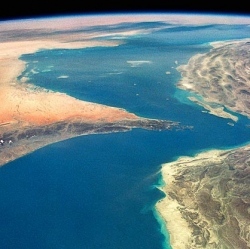
The testbed may have fallen to Earth, But China says it has learnt enough to commit to building a massive new space station. And it’s invited the world to get aboard. “CSS belongs not only to China, but also to the world,” UN ambassador Shi Zhongjun told the state-run Xinhua news agency.
“All countries, regardless of their size and level of development, can participate in the co-operation on an equal footing.”
It’s an open hand of welcome that has been denied to China itself. The United States enforces a strict technological transfer ban on Beijing.
This extends to it sending astronauts or experiments to the existing International Space Station (ISS). But, with President Trump signalling an early end to US participation in the ISS project by 2025, China has sensed an opportunity.
It’s already committed to a bold new campaign to explore the Moon. Now it wants to take a giant leap forward in the space race — and win worldwide support in the process. It’s proposed a Chinese Space Station (CSS) and invited UN members to participate.
Beijing has tendered documents to the UN stating the initial components of the new space station should become operational as early as 2022. Ultimately, it wants an orbital outpost capable of supporting up to six astronauts for durations of up to 180 days. The space station’s central module, dubbed Harmony of the Heavens, is reportedly already complete. It is due to be mounted on a rocket in 2020.
The European Space Agency (ESA) has already accepted a deal which will allow its astronauts to use China’s space station once it is in orbit. International corporations such as Robert Bigelow’s inflatable module producing project are in the process of being courted.
Meanwhile, NASA faces serious cutbacks threatening its $4-billion-per-year commitment to keeping the ISS operational.
Even if funding continues, the ISS is beginning to age. Its first module was launched in 1988. Construction was completed in 2010. It’s been permanently occupied for almost 18 years.
While NASA and other ISS partners have begun to discuss its replacement, the Trump Presidency wants to end public funding and instead promote a commercial project.
